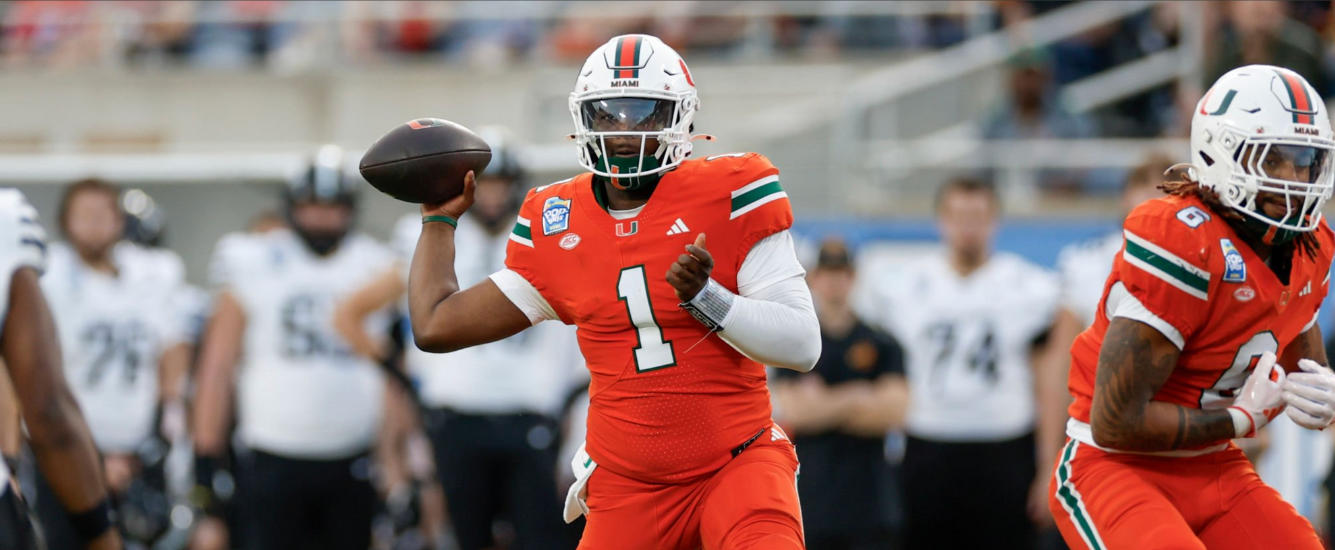After a month and a half of slogging through data, evaluating depth charts, making tweaks, and seeking feedback from other members of the team, my opening 2020 projections are done!
Building a set of well-reasoned fantasy football projections is a time-consuming process but one that I’ve come to appreciate. It’s a key piece of my annual offseason preparation as it helps me to better understand a player’s range of outcomes, the key inputs that will shape his season, and the portion of his offense that he could realistically control. Allocating market shares across an offense can be sobering and highlights just how important, yet elusive, opportunity is. In many respects, the projection building process is far more important than the result.
Unfortunately, it’s hard to capture that process without working through it for yourself. And much of the information I obtain while working through my process doesn’t make its way into the final numbers presented. For this reason, remember that projections are just a single input into a broader decision-making process. Resist getting married to my or any projections. They are just best guesses, that in some cases lack context, and don’t address a player’s range of outcomes or speak to his downside/upside.
Of course, we do have a tool here at RotoViz, the Projection Machine, that will walk you through the entire process and makes building projections a million times easier than it otherwise would be. I strongly recommend that you spend a couple of hours with it this summer. While doing so, keep in mind that you’re likely not accounting for unforeseeable challenges or hiccups that may present during a player’s season and as a result, could easily produce overly optimistic results.
My full set of projections and the underlying stats can be found here!
A Top-Down Approach
At RotoViz, our projection building process employs a top-down approach. It consists of three distinct phases. In the first phase, we determine an estimate of the number of plays that a team’s offense will compile. As I wrote about previously, wins and losses are a major driver of a team’s overall play volume. This total is then divided between rushing and passing attempts. In phase two, percentages of passing and rushing attempts are assigned to specific players. This determines the workload they’re expected to shoulder. Phase three factors in player-specific assumptions such as catch rate and yards per carry. When developing efficiency assumptions we consider each player’s historical results, changes in his situation, positional benchmarks, and other predictive factors.
When building my projections I create assumptions for every skill player that I expect to garner more than 1% of rushing or passing attempts. This is important as the results of all passing attempts aggregate up to the quarterback. Additionally, it helps to ensure that the percentages of plays I assign to each player are realistic. In the projections presented on the site, only players projected to score more than 85 PPR points are included.
Also, it’s worth noting that with the exception of the Dolphins and Chargers, all projections assume that each team’s starting quarterback throws 100 percent of team passing attempts. Additionally, the projections assume that all players play 16 games in the 2020 season. For a select handful of players, such as Alshon Jeffery, who has averaged less than 13 games played per season, market shares have been reduced as 16 games played would be an exception and not the player’s norm.














